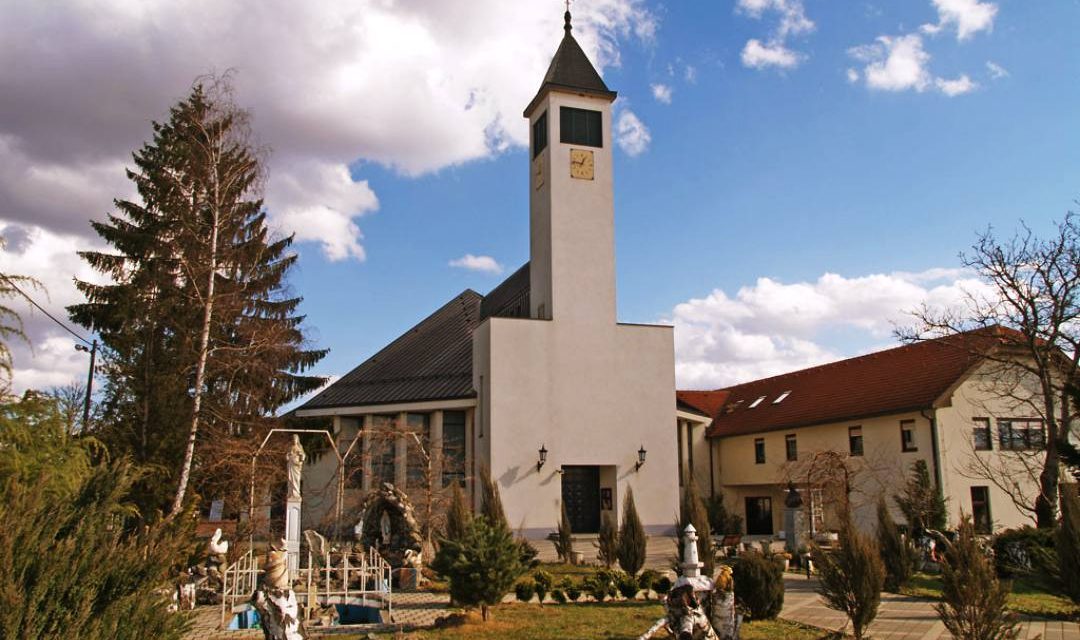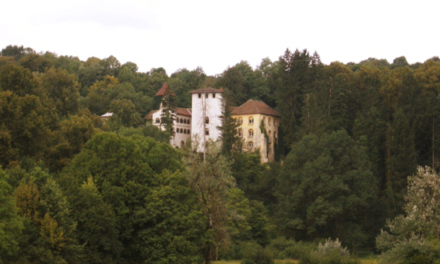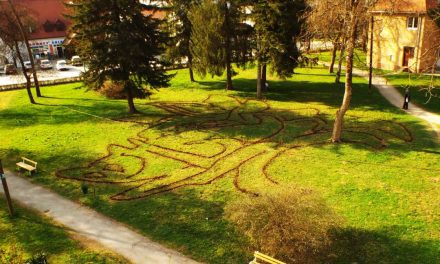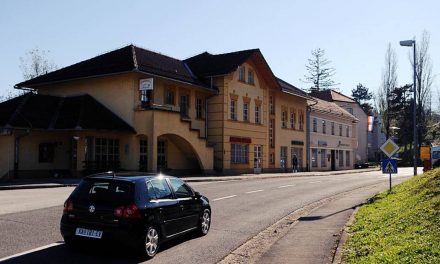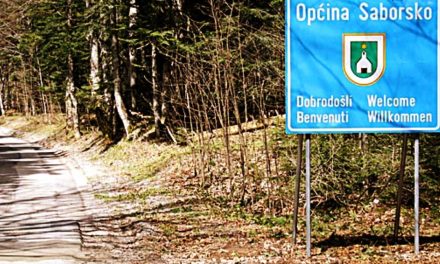Lasinja is situated in a valley where the Kupa river starts its tranquil flow. Because of the huge impact of the river on the entire area around Lasinja, the symbol of a river is now a part of its coat of arms, while the swallow on it is telling the story of the so called Lasinja Culture. Swallows will also show you the way when you visit the village, so make sure you please them, because they might take you to one of the quietest spots where Kupa is hiding its secrets.
The very well known Lasinja eneolithical culture was at its peak between 3700-3200 BC, and it started developing in the Lasinja area, later spreading to the continental parts of Croatia, the Bosnian Posavina, Slovenia, Carinthia and to Hungary, around the Balaton lake. It was named after the locality called Talijanovo Brdo in Lasinja. Is this enough to inspire you to start exploring this area? So much history in such a small place!
What do the swallows have to do with the Lasinja culture? They have a specific way of building their homes, the mud nests, just as the ancient people living in this region had a specific way of making and decorating their clay pots and ornamental objects. Who knows, maybe the swallows inspired them? Besides, the ancient Slavs believed that swallows were holy birds that connect the earth and the sky, so maybe that’s why so many churches were built here throughout history. You can see the remains of the church of Saint Anthony of Padua, but also the newly built eponymous church, and if you decide to explore the chapels surrounding Lasinja, bear in mind you’ll need quite some time.
Since Lasinja is on the right bank of the Kupa river, all the surrounding villages also got the logical names like Desni Štefanki and Desno Sredičko (desno meaning right in Croatian). Perfect for easier orientation, interesting to see. Here arises another question: did the Crna Draga fish pond (crno is black) get its name because of the black color of its water? The question remains open for all curious visitors.
Lasinja remembers turbulent times and people that have always been migrating just like the swallows. It also remembers the wars, that always leave horrible scars. But this cattle farming region also remembers peaceful and bountiful periods. And swallows, as well as the people of Lasinja, always return to the place where they built their nests.

